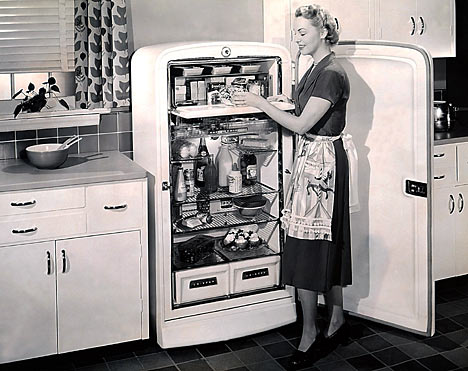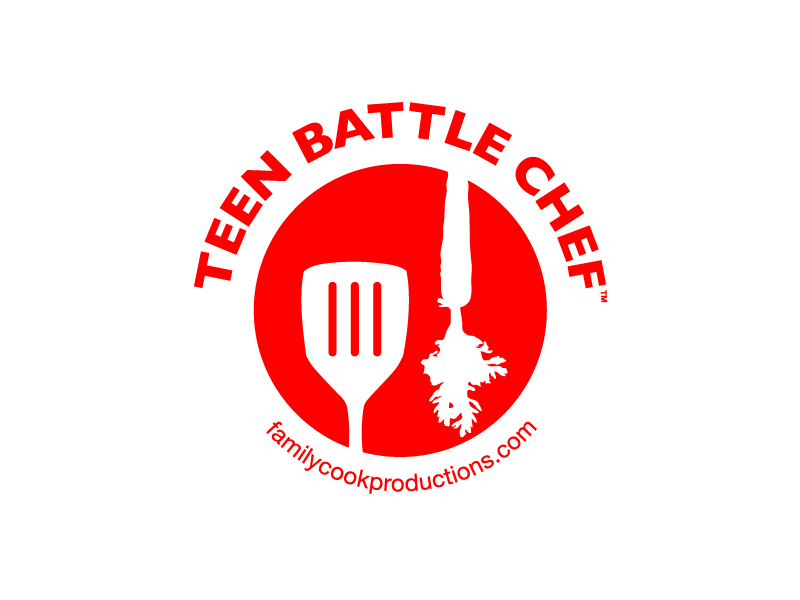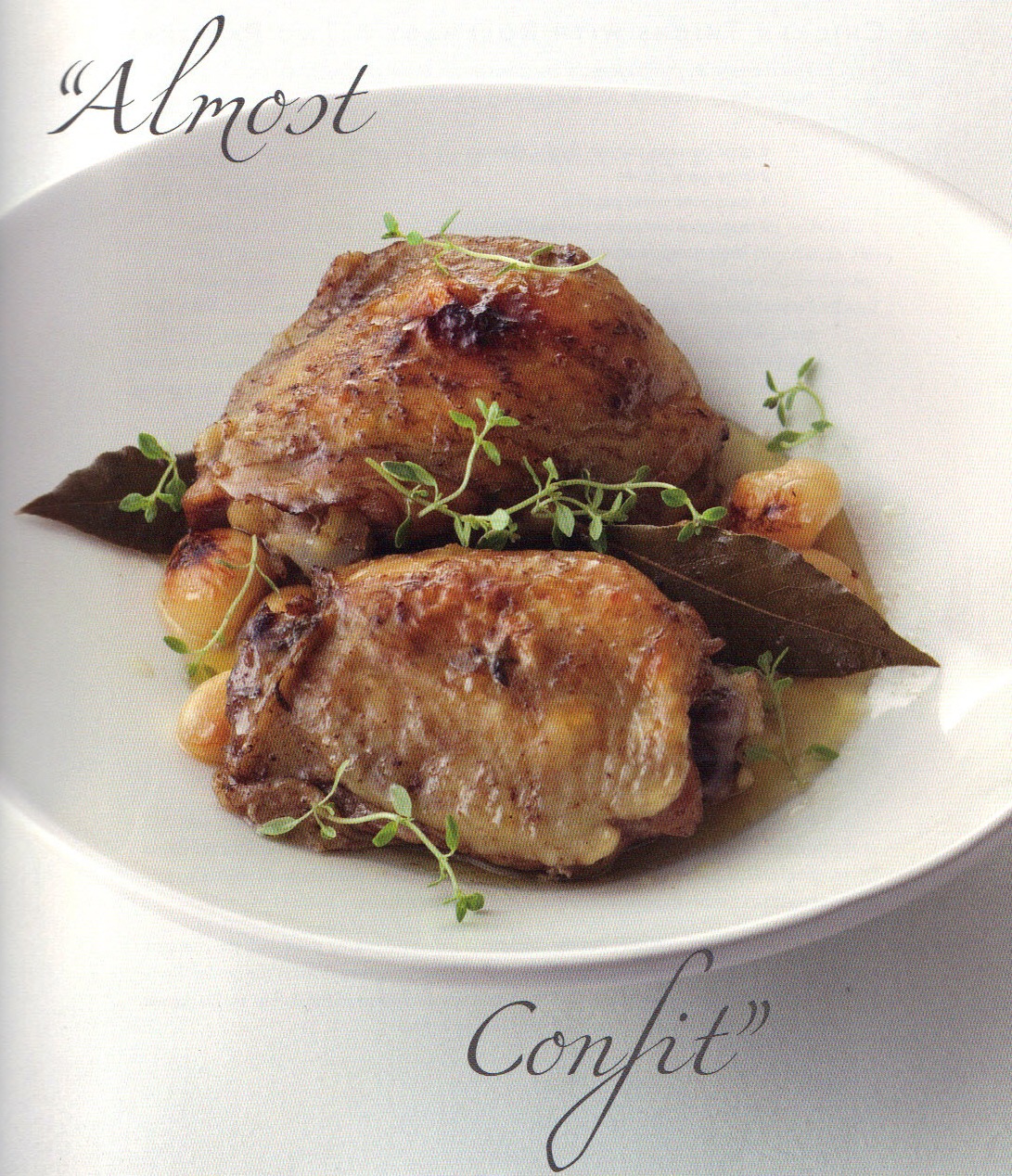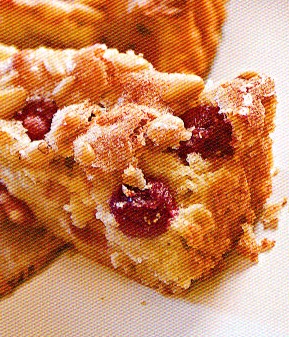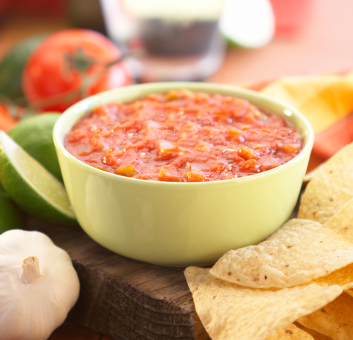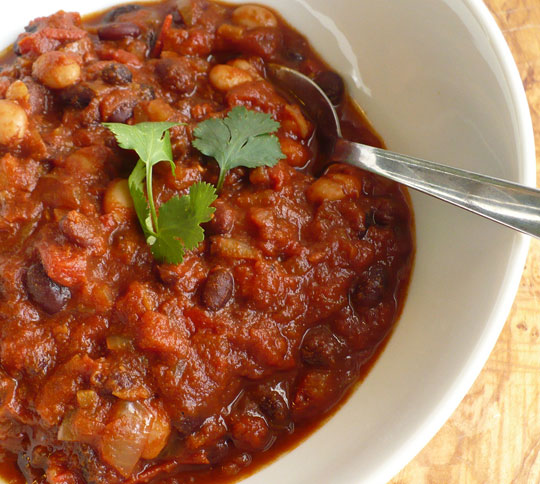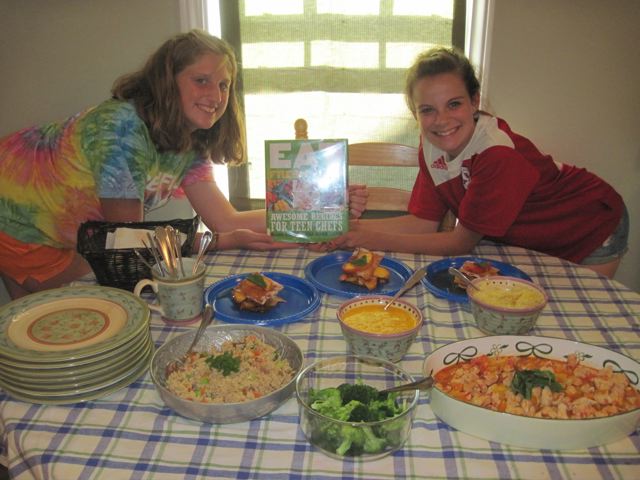 Don't hate me: I don't like beer, but I recognize its place in the world. My mother would slug a Heineken on a hot summer's day and I must admit my secret pleasure of downing a dark, syrupy, heady Lezak in Prague at U Fleků (the oldest brew pub in the world, circa 1499). But beer seems to be moving the same way wine did 20 years ago: Lots of new entrants, the emergence of "beer geekery"...and the growing popularity of monster, high-alcohol beers. And while big brand beer sales may be slipping, craft brewers' sales have been rising about 12% annually according to some estimates. This is a trend hard to ignore.
Most beers are between 5% and 6% alcohol, but the new big bruisers run from 7%-14% and are very much in demand. Robust India Pale Ales are leading the charge along with high-alcohol stouts aged in oak barrels -- often previously used for bourbon. India Pale Ales' popularity indicates a shift in Americans taste preference -- a shift toward bitter, which we also have seen in food and in the popularity of craft-made bitters in cocktails. Small producers, stronger products and a bit of snobbery -- they all remind me of bread thirty years ago, when a great restaurant roll was hard to find until local bakers began showing people what a great product was like. And, like beer today, there suddenly erupted a bewildering variety of breads and consumers have discovered that "sour" was a good thing and now those idiosyncratic efforts are being rewarded. Indeed, sour beers (in the positive sense) are catching on, almost all of them local.
Don't hate me: I don't like beer, but I recognize its place in the world. My mother would slug a Heineken on a hot summer's day and I must admit my secret pleasure of downing a dark, syrupy, heady Lezak in Prague at U Fleků (the oldest brew pub in the world, circa 1499). But beer seems to be moving the same way wine did 20 years ago: Lots of new entrants, the emergence of "beer geekery"...and the growing popularity of monster, high-alcohol beers. And while big brand beer sales may be slipping, craft brewers' sales have been rising about 12% annually according to some estimates. This is a trend hard to ignore.
Most beers are between 5% and 6% alcohol, but the new big bruisers run from 7%-14% and are very much in demand. Robust India Pale Ales are leading the charge along with high-alcohol stouts aged in oak barrels -- often previously used for bourbon. India Pale Ales' popularity indicates a shift in Americans taste preference -- a shift toward bitter, which we also have seen in food and in the popularity of craft-made bitters in cocktails. Small producers, stronger products and a bit of snobbery -- they all remind me of bread thirty years ago, when a great restaurant roll was hard to find until local bakers began showing people what a great product was like. And, like beer today, there suddenly erupted a bewildering variety of breads and consumers have discovered that "sour" was a good thing and now those idiosyncratic efforts are being rewarded. Indeed, sour beers (in the positive sense) are catching on, almost all of them local.
Draft beer is on the rise because much of craft brewers' output is sold locally and sold on tap. About 1/3 of craft beer sales are on tap vs. 10% for big national brands. This means growing representation of local beers and it fits nicely into the locavore trend. Consumers are discovering that good local beers selling at $5-$7 a glass are great bargains compared to mediocre wines that, at $10-$15 a glass, restaurants are clearly overcharging for. (This fact alone could begin to sway me!) Just two days ago, Starbucks announced that it is expanding its beer and wine program to Southern California, Chicago and Atlanta after testing it in Seattle and Portland. It is not alone: Burger King, Sonic, even White Castle, are serving beer (and sometimes wine) in a limited number of stores -- all hoping to boost their evening sales. Newfangled beer gardens featuring dozens of craft beers instead of mediocre swill are opening across the country and establishing themselves as new gathering places. Some, like the Batali/Bastianich 10,000 square foot rooftop Birreria in New York City are all-weather affairs and they're transcending the old notions of pretzels as typical "beer food." You'll find curated selections of cheese and charcuterie along with a full menu of lusty main courses like quail with Sambuca-braised fennel, homemade sausages (the cotechino is to die for); and pork shoulder braised with beer and apricots.
And then there's Jimmy's No. 43 in Manhattan, run by the affable Jimmy Carbone. He is a bear of a beer lover and has sanctified the yeasty brew with a calendar of riveting events and even his own radio show devoted to beer experts and on-air tastings. (You can listen every Tuesday on Heritage Radio Network.) Coming up? There's a Beer Cocktail Brunch-Off (big trend); a Farm + Beer Expo (held at the Brooklyn Brewery); and on Valentine's Day, a tasting of beers that pair with chocolate. Jimmy cajoles his disciples to "Keep Your Resolution to Drink Great Beer This Year (of the Dragon.)
Beer and bread are lifestyle products that reflect a growing desire for the hand-made, the strong-flavored, the distinctive. I'm reminded of the time that Joe Baum, the legendary restaurateur, decades ago, planned a chain of beer bars called Brew Ha Ha. Clearly, its time has come.
